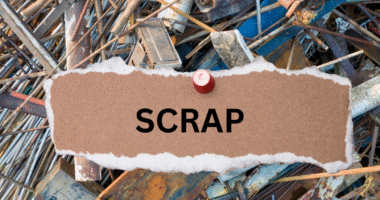Zero Defect Manufacturing (ZDM) is a quality-driven approach that focuses on preventing errors instead of correcting them after production. By adopting this mindset, manufacturers can deliver products that meet customer expectations consistently while reducing costs and waste.
Below are seven key benefits of implementing zero defect manufacturing processes.
1. Improved Product Quality
The primary advantage of zero defect manufacturing is superior product quality. By designing processes that minimize variability, manufacturers can ensure consistent results. This not only eliminates defects but also sets a higher standard for production excellence.
2. Reduced Waste and Rework
Defects often result in scrapped materials or rework, both of which increase production costs. Zero defect processes emphasize prevention, leading to lower waste levels and more efficient resource utilization. This directly contributes to leaner and more cost-effective operations.
3. Increased Customer Satisfaction
When customers receive defect-free products, their confidence in the brand grows. Satisfied customers are more likely to return, recommend products, and remain loyal over the long term. Zero defect manufacturing strengthens trust and enhances customer relationships.
4. Lower Production Costs
Quality issues can be expensive, especially when they require rework, warranty claims, or recalls. By preventing defects at the source, manufacturers significantly reduce hidden costs. The result is a more efficient production system with greater profitability.
5. Enhanced Operational Efficiency
A zero defect approach streamlines workflows by eliminating unnecessary corrective actions. Teams spend less time fixing problems and more time focusing on productivity and innovation. This improves overall throughput and boosts efficiency across the supply chain.
6. Stronger Brand Reputation
Delivering defect-free products consistently positions a company as a reliable industry leader. Over time, this reputation for quality becomes a competitive advantage, helping attract new customers, retain existing ones, and expand into new markets with confidence.
7. Support for Continuous Improvement
Zero defect manufacturing aligns closely with Lean and Kaizen principles. By embedding a culture of continuous improvement, organizations encourage employees to identify problems, suggest solutions, and make incremental enhancements that strengthen long-term performance.
The Value of Zero Defect Processes
Adopting zero defect manufacturing is more than just a quality initiative—it’s a strategic investment in long-term success. From lowering costs to boosting customer loyalty and operational efficiency, the benefits extend across the entire business.
By striving for defect prevention instead of defect detection, manufacturers can achieve sustainable growth, build trust, and maintain a competitive edge in today’s demanding marketplace.









